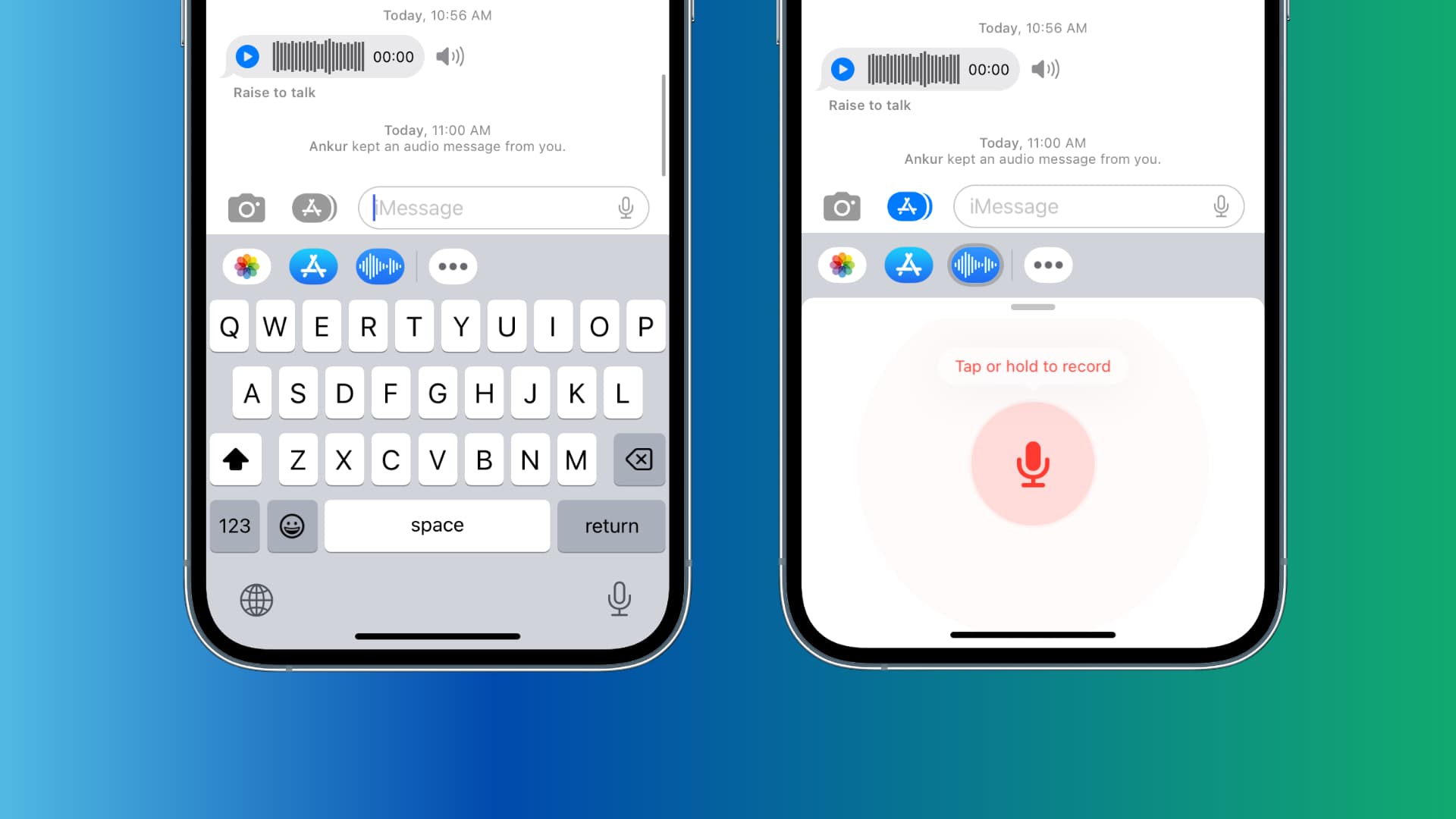"How Do You Send A" is a question used to inquire about the process of transmitting something from one location to another. It refers to the act of dispatching an object, message, or data through a specific channel or medium.
Sending is a vital aspect of communication, allowing for the exchange of information, goods, and ideas. Its importance lies in facilitating global connectivity, enabling transactions, and fostering human interaction. A significant historical development in sending was the invention of the postal system, which revolutionized long-distance communication and facilitated the dissemination of knowledge.
This article will delve into the various methods and protocols involved in sending, exploring the different channels, technologies, and best practices associated with transmitting messages, data, and physical objects.
How Do You Send A
Understanding the various aspects of sending is crucial for effective communication and efficient delivery of messages, data, or physical objects.
- Methods
- Channels
- Protocols
- Technologies
- Security
- Reliability
- Cost
- Speed
- Tracking
These aspects are interconnected and impact the choice of sending method based on the specific requirements of the sender. For instance, sending a time-sensitive message may prioritize speed and reliability, while sending a large file may require a channel with sufficient bandwidth. Understanding these factors ensures that messages, data, and objects are sent effectively, securely, and in a timely manner.
Methods
Methods are the specific techniques and approaches used to send messages, data, or objects from one location to another. They play a crucial role in determining the effectiveness, reliability, and efficiency of the sending process. The choice of method depends on various factors, including the nature of the content being sent, the distance it needs to travel, and the desired delivery time.
There are numerous methods available for sending, each with its unique characteristics and applications. For example, sending a physical letter involves methods such as postal mail or courier services, while sending an email involves methods related to electronic mail protocols and internet connectivity. The choice of method is critical, as it can impact factors such as speed, security, cost, and tracking capabilities.
Understanding the different methods available for sending empowers individuals and organizations to make informed decisions about the most appropriate approach for their specific needs. It enables them to optimize the sending process, ensuring that messages, data, and objects are delivered effectively, securely, and in a timely manner. This understanding is particularly important in business and professional settings, where efficient and reliable communication is essential for success.
Channels
Channels are critical components of "How Do You Send A" as they provide the pathways or mediums through which messages, data, or objects are transmitted from one location to another. The choice of channel significantly impacts the effectiveness, reliability, and efficiency of the sending process.
Real-life examples of channels within "How Do You Send A" include postal mail, email, instant messaging, and file transfer protocols. Each channel has its unique characteristics and applications, such as postal mail for physical letters, email for electronic messages, and file transfer protocols for large files.
Understanding the different channels available for sending empowers individuals and organizations to make informed decisions about the most appropriate approach for their specific needs. It enables them to optimize the sending process, ensuring that messages, data, and objects are delivered effectively, securely, and in a timely manner. This understanding is particularly important in business and professional settings, where efficient and reliable communication is essential for success.
Protocols
In the realm of "How Do You Send A", protocols play a critical role in governing the transmission of messages, data, and objects. They establish a set of rules and conventions that ensure effective communication and efficient delivery across diverse networks and devices.
Protocols define the syntax, semantics, and synchronization of data exchange, acting as the underlying mechanisms that orchestrate the sending process. Without standardized protocols, devices and networks would be unable to communicate seamlessly, leading to disruptions and inconsistencies in data transmission.
Real-life examples of protocols within "How Do You Send A" include:
- SMTP (Simple Mail Transfer Protocol) for sending emails
- HTTP (Hypertext Transfer Protocol) for transferring web pages
- FTP (File Transfer Protocol) for transferring files
Understanding the practical applications of protocols empowers individuals and organizations to optimize their sending processes. By adhering to established protocols, they can ensure interoperability, reduce errors, and enhance the overall efficiency of their communication and data exchange. This understanding is particularly critical in business and professional settings, where seamless and reliable communication is essential for success.
Technologies
Within the realm of "How Do You Send A", technologies serve as the driving force behind the transmission and delivery of messages, data, and objects. They encompass the hardware, software, and network infrastructure that make sending possible, revolutionizing the way we communicate and share information.
The integration of technologies into "How Do You Send A" has brought about numerous advancements. The advent of computers and the internet has enabled digital communication, allowing for the seamless exchange of emails, instant messages, and large files. Mobile technologies have extended this reach even further, empowering individuals to send and receive messages on the go. Cloud computing and data centers provide the scalable infrastructure necessary to support the massive volume of data being transmitted daily.
Understanding the practical applications of technologies within "How Do You Send A" empowers individuals and organizations to optimize their sending processes. By leveraging the latest technologies, they can improve efficiency, enhance security, and expand their reach. This understanding is particularly critical in business and professional settings, where effective communication and reliable data exchange are essential for success.
Security
Security plays a paramount role in the realm of "How Do You Send A", ensuring the confidentiality, integrity, and availability of messages, data, and objects during transmission and delivery. It encompasses a multifaceted approach, involving various components and measures to protect against unauthorized access, data breaches, and disruptions.
- Encryption
Encryption involves transforming data into an encoded format, making it unreadable to unauthorized parties. It safeguards sensitive information, such as financial data or personal details, during transmission.
- Authentication
Authentication mechanisms verify the identity of senders and recipients, ensuring that only authorized parties can access and send messages or data. It prevents unauthorized access and impersonation.
- Access Control
Access control restricts who can access specific messages or data based on predefined permissions. It ensures that only authorized individuals or systems can view or modify sensitive information.
- Non-Repudiation
Non-repudiation provides a mechanism to prove the origin and authenticity of a message or data. It prevents senders from denying their involvement in sending a message or data, ensuring accountability.
These security facets collectively contribute to safeguarding the integrity and confidentiality of messages, data, and objects during transmission. They empower individuals and organizations to send and receive information securely, fostering trust and minimizing the risks associated with data breaches or unauthorized access.
Reliability
Reliability plays a critical role in "How Do You Send A", ensuring that messages, data, and objects are delivered to their intended recipients without errors or disruptions. It encompasses various aspects, including the availability, consistency, and accuracy of the sending process.
A reliable sending mechanism guarantees that messages, data, and objects are delivered on time and in their original form. This is particularly crucial in business and professional settings, where timely and accurate communication is essential for decision-making and efficient operations. For instance, in the healthcare industry, reliable communication is paramount for ensuring patient safety and effective treatment.
Real-life examples of reliability within "How Do You Send A" include:
- Using reliable communication channels, such as fiber optic cables or satellite links, to minimize the risk of data loss or transmission delays.
- Implementing error-correction mechanisms to detect and correct errors that may occur during transmission.
- Establishing redundant systems to ensure that messages, data, and objects can still be sent even if one system fails.
Understanding the practical applications of reliability in "How Do You Send A" empowers individuals and organizations to optimize their sending processes. By prioritizing reliability, they can increase the likelihood that their messages, data, and objects are delivered successfully, fostering trust and minimizing the risks associated with communication failures.
Cost
Cost is a critical component of "How Do You Send A", impacting the choice of sending methods and influencing the overall efficiency and feasibility of the sending process. The cost of sending messages, data, or objects can vary depending on several factors, such as the distance, size, and method of sending.
In real-world scenarios, cost plays a significant role in determining the choice of sending method. For instance, sending a physical letter through postal mail is generally more cost-effective for short distances, while courier services may be necessary for urgent or time-sensitive deliveries, despite their higher cost. Similarly, sending large files via email may be free or low-cost, while using file-sharing services may incur additional charges for larger file sizes or premium features.
Understanding the practical implications of cost in "How Do You Send A" empowers individuals and organizations to optimize their sending processes. By carefully considering cost factors, they can select the most cost-effective sending method that meets their specific requirements. This understanding is particularly important for businesses and organizations that need to manage their communication and data exchange expenses while ensuring efficient and reliable delivery.
Speed
Speed is a crucial component of "How Do You Send A", significantly influencing the effectiveness and efficiency of the sending process. The speed at which messages, data, or objects are transmitted can have a direct impact on the timeliness and responsiveness of communication, as well as the overall productivity of individuals and organizations.
In real-world scenarios, speed plays a vital role in determining the choice of sending method. For instance, in time-sensitive situations, such as emergency communications or urgent business transactions, high-speed sending methods, such as instant messaging or express delivery services, are often preferred to ensure prompt delivery.
Understanding the practical applications of speed in "How Do You Send A" empowers individuals and organizations to optimize their sending processes. By carefully considering speed requirements, they can select the most appropriate sending method that meets their specific needs. This understanding is particularly important in industries where timely communication and data exchange are critical, such as finance, healthcare, and logistics.
In conclusion, speed is an essential aspect of "How Do You Send A", affecting the timeliness, effectiveness, and productivity of the sending process. By leveraging high-speed sending methods and optimizing processes for speed, individuals and organizations can enhance communication, improve efficiency, and gain a competitive edge in various domains.
Tracking
In the realm of "How Do You Send A", tracking plays a significant role in monitoring the progress and status of messages, data, and objects during transmission and delivery. It provides visibility into the sending process, enabling individuals and organizations to track the location and status of their items, proactively identify potential delays, and ensure timely delivery.
- Real-Time Visibility
Tracking systems provide real-time visibility into the movement of items, allowing senders and recipients to monitor their progress from dispatch to delivery. This visibility enhances transparency and enables proactive tracking.
- Proof of Delivery
Tracking serves as proof of delivery, providing a record of the successful transfer of items from the sender to the recipient. It helps resolve disputes, provide peace of mind, and ensure accountability.
- Exception Management
Tracking systems facilitate exception management by identifying potential delays, disruptions, or issues during the sending process. This enables timely intervention and corrective actions to minimize the impact on delivery timelines.
- Optimization and Analytics
Tracking data can be analyzed to identify patterns, optimize sending processes, and improve efficiency. By analyzing tracking data, organizations can gain insights into delivery performance, identify areas for improvement, and make informed decisions.
Overall, tracking is an integral part of "How Do You Send A", as it enhances visibility, provides proof of delivery, facilitates exception management, and enables optimization. By leveraging tracking capabilities, individuals and organizations can gain greater control and insights into their sending processes, leading to improved efficiency, reliability, and customer satisfaction.
In conclusion, "How Do You Send A" delves into the intricacies of transmitting messages, data, and objects, encompassing various methods, channels, protocols, technologies, security measures, and considerations. The article highlights the importance of understanding these aspects to optimize sending processes, ensuring effectiveness, reliability, and security.
Key takeaways include the significance of choosing the appropriate sending method based on factors such as speed, reliability, cost, and tracking capabilities. Understanding the different channels and protocols ensures that messages are transmitted effectively across diverse networks. Additionally, robust security measures are crucial to protect sensitive information during transmission.
As technology continues to evolve, new methods and channels for sending will emerge, shaping the future of communication and data exchange. By staying abreast of these advancements and leveraging the insights provided in this article, individuals and organizations can harness the power of sending to enhance productivity, foster collaboration, and drive innovation.


Detail Author:
- Name : Earline Ziemann
- Username : micaela22
- Email : monahan.christiana@moen.org
- Birthdate : 2003-02-09
- Address : 69091 Mohammad Ridges Apt. 781 South Bill, WY 75223
- Phone : +1-781-261-5364
- Company : Schumm, Schamberger and Brown
- Job : Cartographer
- Bio : Consequatur ut officia est qui nesciunt dolores commodi. Ut eos aut quasi. Cupiditate velit unde et. Quibusdam nihil omnis et ut.
Socials
tiktok:
- url : https://tiktok.com/@hermann1970
- username : hermann1970
- bio : Dolorem doloribus perspiciatis nobis repudiandae mollitia quisquam.
- followers : 2954
- following : 388
linkedin:
- url : https://linkedin.com/in/hermannt
- username : hermannt
- bio : Eum assumenda nulla dolorem voluptas velit.
- followers : 5590
- following : 960
facebook:
- url : https://facebook.com/thora9018
- username : thora9018
- bio : Facilis quis neque aut dicta explicabo.
- followers : 3475
- following : 1937
twitter:
- url : https://twitter.com/thora_dev
- username : thora_dev
- bio : Dolor numquam nihil optio minus. Quo sit velit in. Itaque ratione blanditiis dolor fuga iure natus.
- followers : 6369
- following : 1056
instagram:
- url : https://instagram.com/thora_hermann
- username : thora_hermann
- bio : Culpa expedita eveniet blanditiis. Excepturi officia alias distinctio at vero iusto fugiat vero.
- followers : 4662
- following : 2932